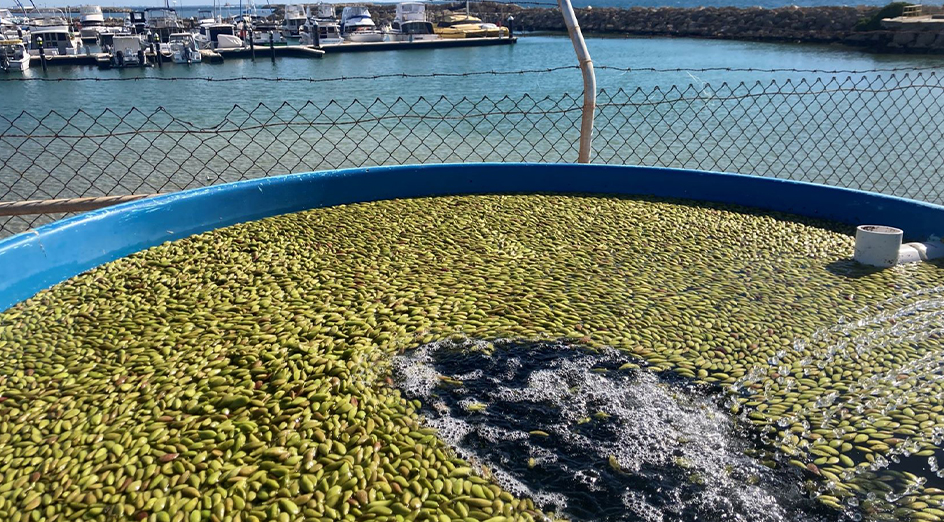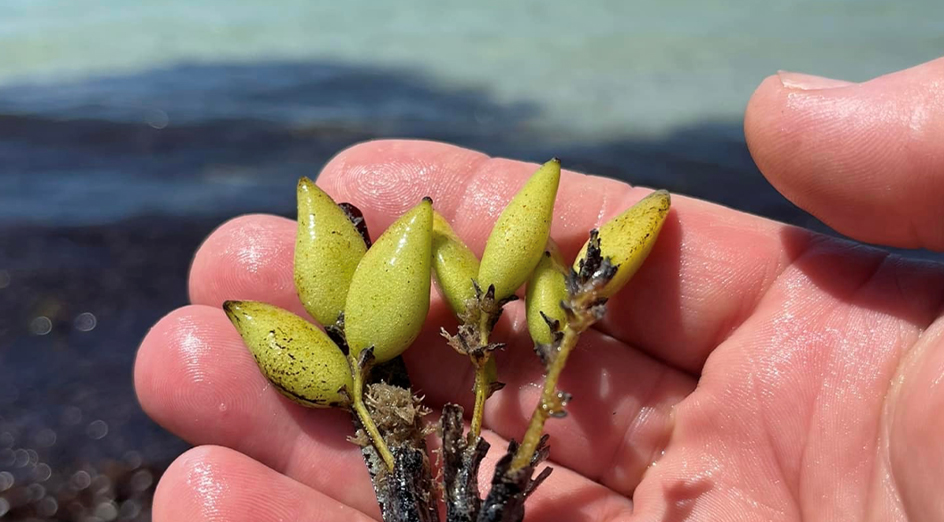The largest seagrass restoration project in the country is calling on Western Australians to help local marine science restore Cockburn Sound’s seagrass meadows.
“Through this project, we can test innovative restoration and rehabilitation methods for seagrass meadows with the aim of improving ecosystem resilience in the Sound, and to investigate how seagrass may be strengthened to better cope with climate change."
Marine plant ecologist Professor Gary Kendrick
Seeds for Snapper is a collaborative project with The University of Western Australia and RecFishWest and is made possible by the WA Government’s Recreational Fishing Initiative Fund, Water Corporation and BCF – Boating, Camping, Fishing.
All parties are united by a common aim to restore lost seagrass meadows in Cockburn Sound.
Seagrass meadows are an important part of Cockburn Sound’s ecosystem and act as a nursery for juvenile pink snapper, calamari, whiting and blue swimmer crabs. More than 85 per cent of seagrass meadows have been lost from Cockburn Sound during the last century.
The project mobilises community support to restore the meadows and has established a long-standing community volunteer base keen to participate in marine research.
Last season, more than 1.1 million seagrass fruit were successfully collected over 316 dives by 100 individual divers in Cockburn Sound and Owen Anchorage. The innovative restoration technique sees volunteers prepare seagrass seeds onshore for replanting in areas primed for restoration.

Seeds for Snapper will now scale-up its operations with funding support through the WAMSI Westport Marine Science Program to inform seagrass restoration potential in Cockburn Sound, the location of Western Australia’s future terminal.
Volunteers can get involved through a variety of roles, including as boat netters, qualified scuba and free divers, shore crew, boat masters and seagrass seed dispersal crew.
Marine plant ecologist Professor Gary Kendrick, from the UWA Oceans Institute and WAMSI Westport Marine Science Program, said the project aimed to create a resilient and productive seagrass ecosystem in Cockburn Sound and Owen Anchorage and enhance pink snapper fishing into the future.
“Through this project, we can test innovative restoration and rehabilitation methods for seagrass meadows with the aim of improving ecosystem resilience in the Sound, and to investigate how seagrass may be strengthened to better cope with climate change,” Professor Kendrick said.
UWA research officer Rachel Austin said the plan was to expand and scale-up the Seeds for Snapper project by further equipping volunteers with the skills to monitor fruit maturity and density and improve understanding about which sites to target and when.
“This season, we are set to disperse more than one million seagrass seeds in the shallow areas of Cockburn Sound and Owen Anchorage,” she said.

“Our aim is to be able to restore seagrass on ecologically relevant scales.”
The seagrass fruit harvesting and seed dispersal season takes place from November. Collection and dispersal days and times can be subject to weather and tides.
For more information on the project and to volunteer visit ozfish.org.au/projects/seeds-for-snapper/
Media references
Liz McGrath, UWA Media Advisor, 0433 795 509
Anna-lee Harry, WAMSI Communications Manager, 0419 597 587
